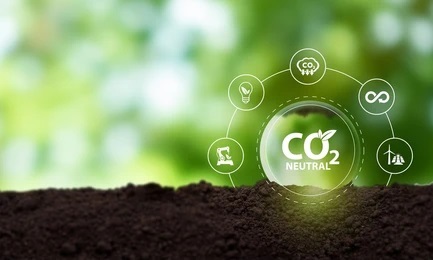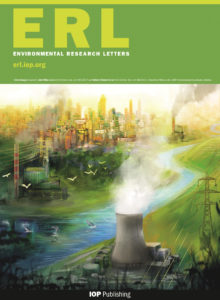ERL特刊征稿|Toward Carbon Neutrality: Improving Resource Efficiency

特刊详情
客座编辑
- 耿涌,上海交通大学
- 郝瀚,清华大学
- Raimund Bleischwitz,德国莱布尼兹热带海洋研究所/英国伦敦大学学院
- Anthony Chiu,菲律宾德拉沙大学
主题范围
In order to address these issues, this special issue aims to provide a platform for researchers, policy makers, entrepreneurs, and the general public to share their outstanding research outcomes so that valuable insights can be obtained for preparing appropriate carbon neutrality and resource management policies. Authors are invited to submit their papers to present their innovative strategies, policies, methods, and metrics aspects for improving the overall resource efficiency so that carbon neutrality can be achieved in due time. Topics related with this special issue may include the following ones:
- Resource and material constraints towards carbon neutrality;
- Resource efficiency improvement in the context of carbon neutrality;
- The role of circular economy and blue economy towards carbon neutrality;
- International trade perspectives on resources and carbon offsetting;
- Carbon neutrality-based nature-based solutions and resource assessments;
- The GHG emissions reduction co-benefits of improving resource efficiency;
- Metrics on measuring resource efficiency;
- Material flow analysis for key resources related with low carbon development;
- Supply risks of key resources and mitigation strategies through improving resource efficiency;
- Resource policy related with carbon neutrality.
投稿流程
特刊文章与ERL期刊常规文章遵循相同的审稿流程和内容标准,并采用同样的投稿模式。
有关准备文章及投稿的详细信息,可以参阅IOPscience页面的作者指南。
作者可登入期刊主页进行在线投稿,在“文章类型”中选择“特刊文章”,并在“选择特刊”的下拉框中选择“Toward carbon neutrality: improving resource efficiency”。
投稿截止日期:2023年6月30日。
期刊介绍

- 2021年影响因子:6.947 Citescore: 9.4
- Environmental Research Letters(ERL)以金色开放获取模式出版,作者可选择将原始数据作为补充资料与文章一起发表。所有研究人员可以免费获取这些研究成果。ERL汇聚了关注环境变化及其应对的研究团体和政策制定团体的意见,涵盖了环境科学的所有方面,出版研究快报、综述文章、观点和社论。ERL顺应了环境科学的跨学科发表的趋势,反映了该领域相关的方法、工具和评估战略,得到了来自不同领域的广泛贡献。
